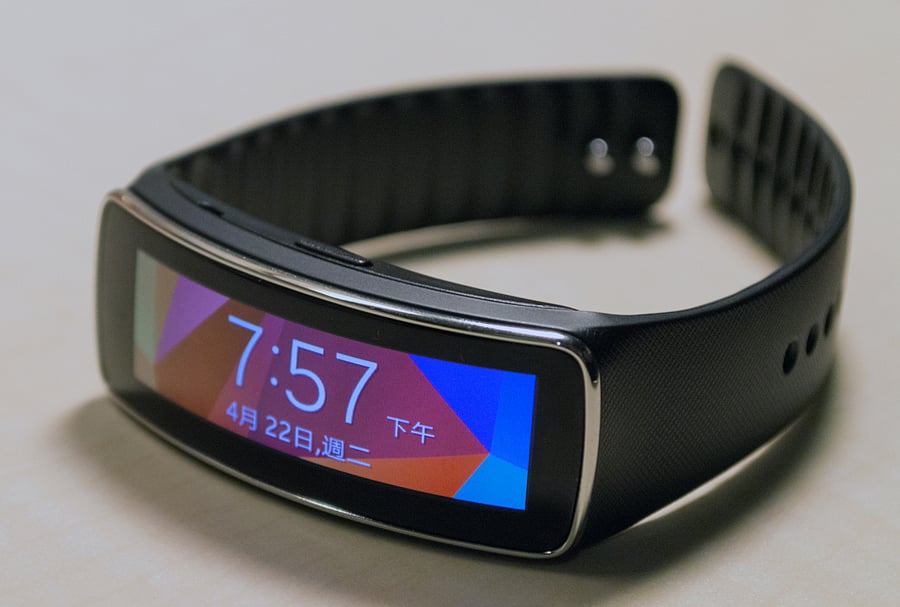City slickers are enjoying the modern way of life, but they are also more vulnerable to illnesses resulting from sedentary lifestyles.
There is, however, a growing trend and awareness about being fit and improving overall health. For this, an increasing number of people are using activity trackers or fitness bands.
A fitness band is a device worn on the wrist. It tracks activities of the user, including walking, running, time spent in a single place without movement, calorie consumption, calories burnt and heart rate, among other things.
The wearer can monitor his or her health based on data from the activity tracker that is transferred to a Smartphone or computer via Bluetooth or USB cable.
An activity tracker is a higher version of a pedometer, which counts steps. An activity tracker also has an accelerometer and altimeter. Due to this combination of sensors, the distance walked or run at different speeds and on gradients, and the degree of physical activity can be monitored. Added to this, sleep cycles are also tracked based on periods of stillness. All this data can be stored on the Smartphone app. Weekly statistics are monitored and suitable changes can be made to improve levels of fitness or tune the tracker to suit one’s requirements.
An activity tracker’s features depends on the model, and higher priced models can detect and sense more complicated things like heartbeat and pulse rate.
The Smartphone app or user account on the internet can be used to set targets for the user. If the user has set a target of 10,000 steps a day, the tracker reminds the wearer the number of steps completed till then. It also eggs the wearer on to complete the day’s target by vibrating or flashing messages on the screen.
It displays congratulatory messages if the day’s target has been reached. Apart from tracking, the amount of calories burnt is also displayed. There are some economically-priced trackers that do not have displays. These only track activity and the data has to be viewed on the Smartphone app or the user account.
Particularly useful is the sleep tracker feature. The tracker records sleep activity and the user can see how well he or she has slept.
A tracker with basic features can be bought for something in the range of Rs 2000-3000, while the advanced ones can go over Rs 25,000. The more expensive trackers can have in-built GPS, monitor several exercise modes (running, cycling, swimming etc.), play music from the tracker, measure heart rate continuously to monitor calorie burn, and get incoming calls and text notifications, with better water resistance, personal coaching and several other useful features.
It is important to note that activity trackers are not replacements for professional medical advice. They are merely indicators of our activity.
Companies making activity trackers include Xiaomi, Garmin, Fitbit, Fastrack, Huawei, MevoFit, Honor, among others.

